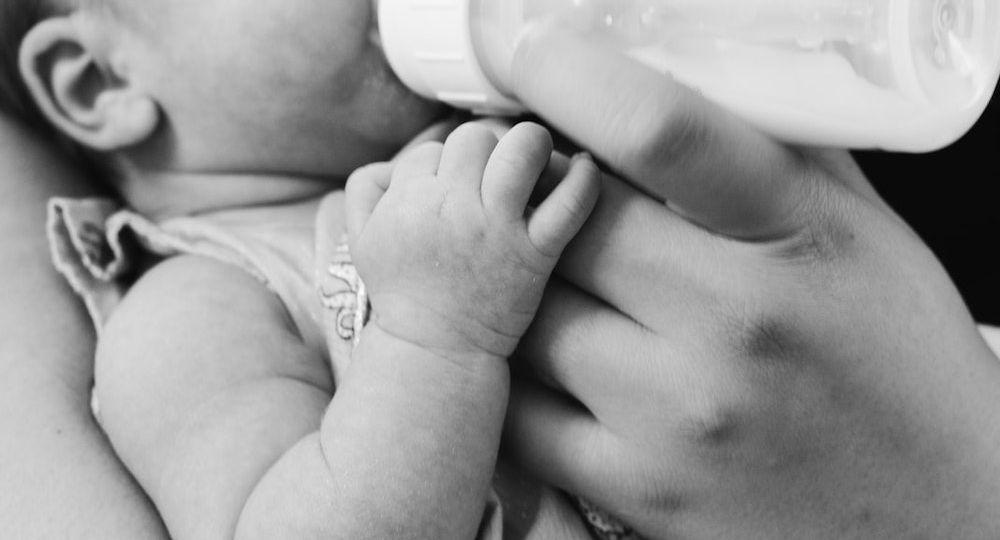
This story was written in partnership with The Milk Bank.
Indiana ranks 42nd in the country for our infant mortality ranking. More than 12 Hoosier babies die every week—that’s enough to fill nearly 30 kindergarten classrooms each year.
Why? The answer is a complex intersection of biological, social, economic psychological, and environmental factors, according to the Indiana School of Medicine. Their data shows that more than a fourth of all infant mortality cases in Indiana occur in three percent of the state’s zip codes, and half of these zip codes are in Marion County. Increased education, delivery of information, and support services—including breastfeeding and the use of donor milk. can lead to dramatic improvements in public-health outcomes and save lives.
It costs $4.50 to process and distribute one ounce of milk.
This covers the cost to work with milk donors, screen, process, pasteurize, bottle, and distribute milk to NICUs.
One ounce of donor milk can provide up to three feedings for an infant.
That means the $4.50 mentioned above covers three feedings! Yes, I’m that good at math.
Donor milk can reduce infant mortality by up to 77%.
Studies show that the use of only human milk to feed preterm and low birthweight infants reduces mortality by 75% and lowers the occurrence of necrotizing enterocolitis (NEC), a serious and sometimes fatal intestinal complication, by 77%.
Indiana loses the equivalent of a school bus full of children each month.
Can you imagine hearing on the news every month that another school bus full of children died? How quickly would we see action taken? The truth is, it’s happening to our infants EVERY month.
Infant mortality is defined as the loss of an infant before their first birthday.
We often assume that these deaths occur immediately or soon after childbirth but rate includes children under the age of one. The Milk Bank also offers bereavement services for parents.
RELATED: I HAD A BABY DURING THE PANDEMIC—AND IT REALLY MADE ME THINK
The Milk Bank is a tissue bank, just like blood or organ donations.
Milk tissue donors are asked to donate 100 ounces of milk, be in good health, and submit to standard routine lab testing, at no cost to the donor. Once approved, there are close to 60 “milk depots” where milk can then be dropped off.
When you need donor milk is the worst time to learn about donor milk.
I personally didn’t understand what donor milk was all about until well after having my second child. Fortunately, my children were never in need of donor milk but all moms should have the right to make informed decisions for their families. And having to absorb this information in an emergency is less than ideal. Women are rarely if ever asked by their healthcare providers and support team what they would like to do in case of an emergency regarding their infant’s feeding. Donor milk is an important part of birth planning for every pregnancy.
While 75% of mothers start out breastfeeding, only 13% of babies are exclusively breastfed at the end of six months.
While they do provide free lactation services to support breastfeeding parents, The Milk Bank believes all moms should be supported—and never shamed for their choices.
We need to do better to make donor milk equitable and available to all.
Donor milk is less likely to be used in NICUs that care predominantly for Medicaid recipients, and non-white NICU infants have lower access to human milk and less frequently receive their mothers’ own milk. However, these populations have higher rates of prematurity, mortality, and morbidity, along with poorer outcomes when they encounter NICU complications.
Leslie Bailey is co-founder and CEO of Indy Maven. She recently finished her breastfeeding journey and is having a lot of mixed feelings about the whole thing.












